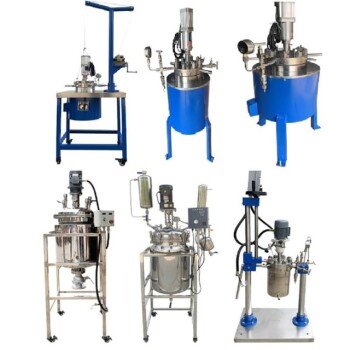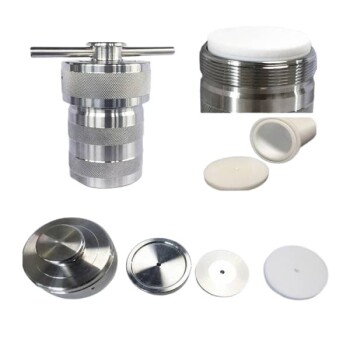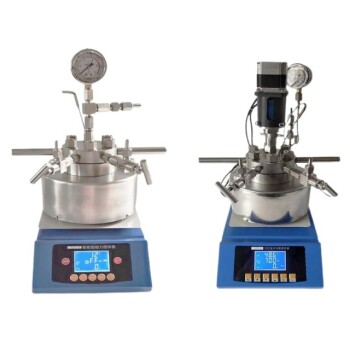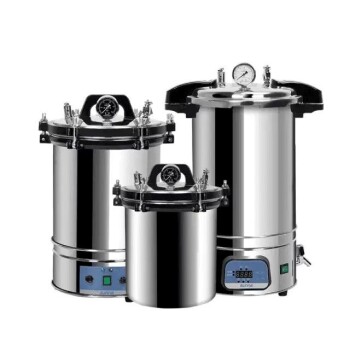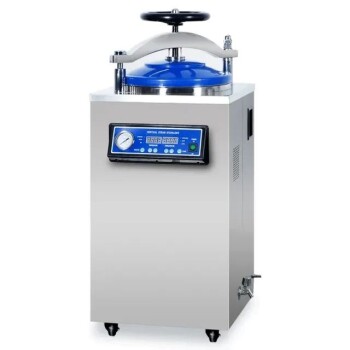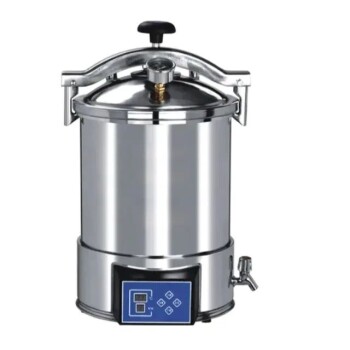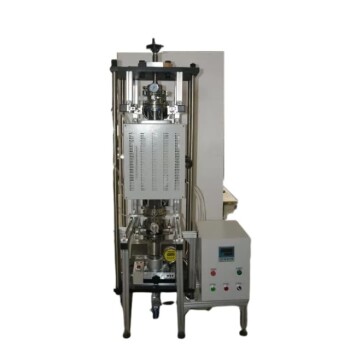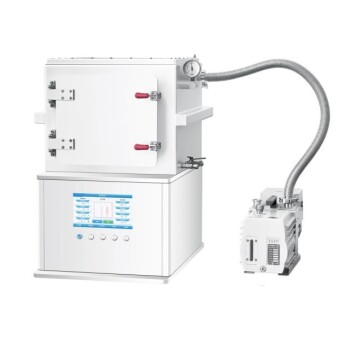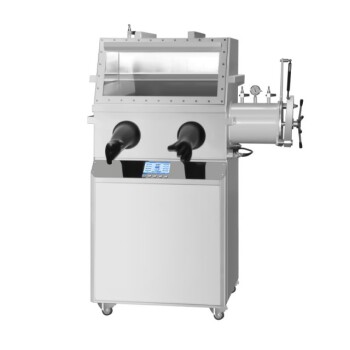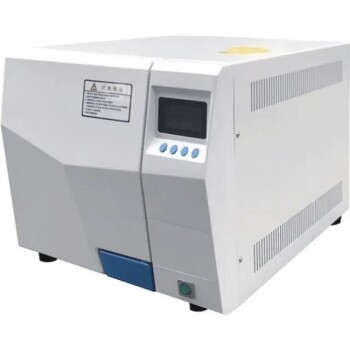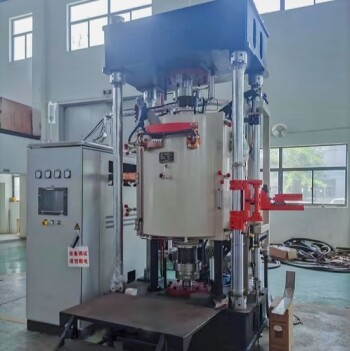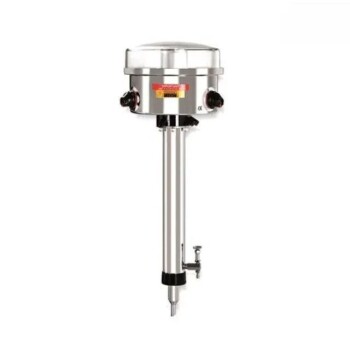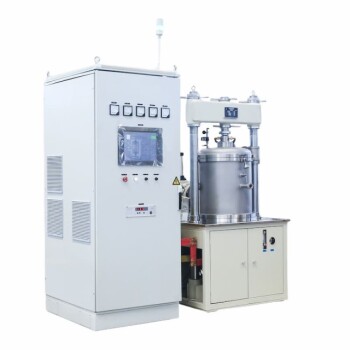A retort is not inherently a pressure vessel, but it can function as one depending on its design and operational conditions. Retorts are typically used in industrial processes such as sterilization, chemical reactions, or material processing, often involving high temperatures and sometimes elevated pressures. Whether a retort qualifies as a pressure vessel depends on whether it is designed to contain pressure and meets the regulatory standards for pressure vessels. These standards include specific design, construction, and testing requirements to ensure safety under pressure. Understanding the distinction is crucial for compliance and operational safety.
Key Points Explained:
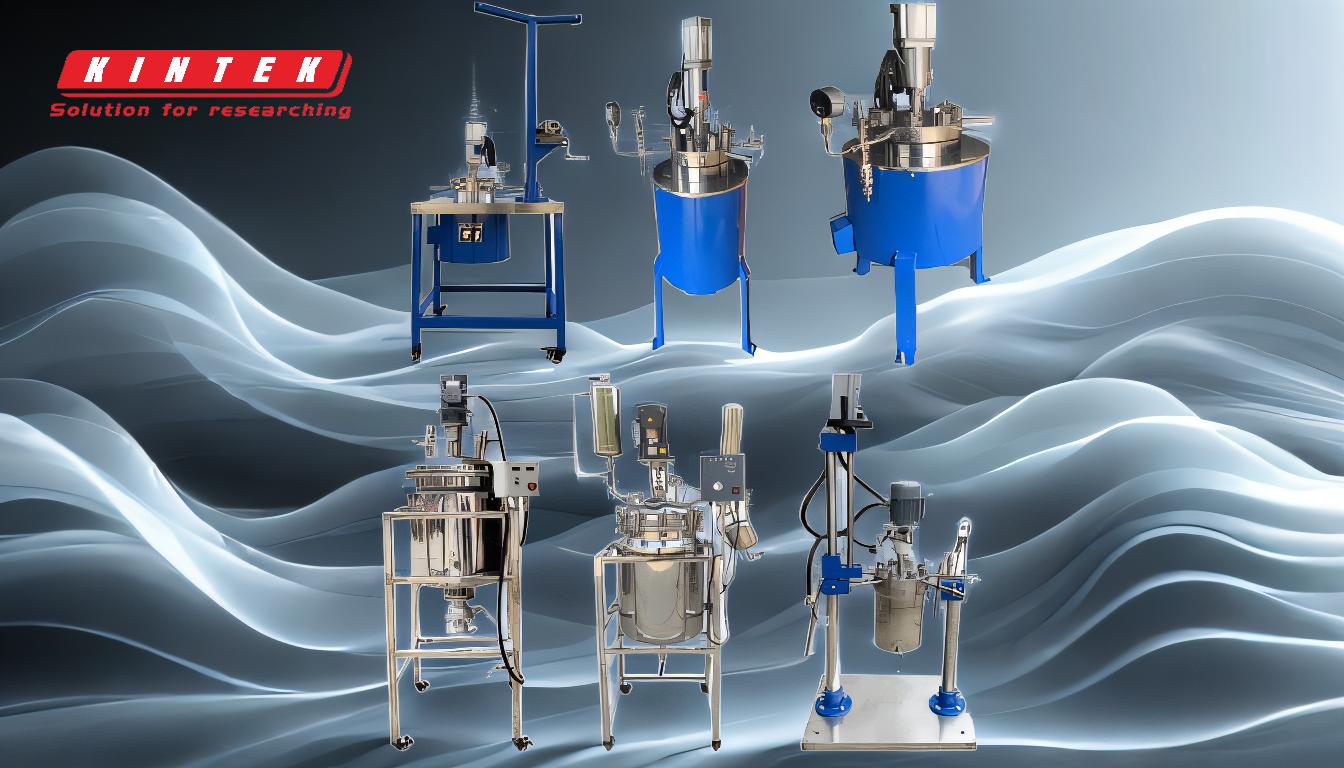
-
Definition of a Retort:
- A retort is a sealed vessel used in industrial processes like sterilization, chemical reactions, or material processing. It is designed to withstand high temperatures and, in some cases, elevated pressures.
- Retorts are commonly used in industries such as food processing, pharmaceuticals, and chemical manufacturing.
-
Definition of a Pressure Vessel:
- A pressure vessel is a container designed to hold gases or liquids at a pressure substantially different from the ambient pressure. These vessels are subject to strict regulatory standards to ensure safety.
- Examples include boilers, storage tanks, and reactors.
-
When a Retort Qualifies as a Pressure Vessel:
- A retort becomes a pressure vessel if it is designed to contain and operate under elevated pressure. This depends on the specific application and operational requirements.
- For instance, in food sterilization, retorts often operate under pressure to achieve the necessary high temperatures for effective sterilization.
-
Regulatory Standards for Pressure Vessels:
- Pressure vessels must comply with standards such as the ASME Boiler and Pressure Vessel Code (BPVC) in the United States or the Pressure Equipment Directive (PED) in Europe.
- These standards dictate design, material selection, fabrication, inspection, and testing requirements to ensure safety.
-
Design and Safety Considerations:
- Retorts operating as pressure vessels must include safety features such as pressure relief valves, robust construction materials, and regular inspections.
- The design must account for factors like maximum operating pressure, temperature, and potential failure modes.
-
Applications Where Retorts Function as Pressure Vessels:
- In the food industry, retorts are used for canning and sterilization, often under pressure to achieve high temperatures.
- In chemical processing, retorts may be used for reactions requiring controlled pressure and temperature conditions.
-
Key Differences Between Retorts and Pressure Vessels:
- Not all retorts are pressure vessels. A retort is only classified as a pressure vessel if it operates under pressure and meets the relevant regulatory criteria.
- Pressure vessels are specifically designed for pressure containment, whereas retorts may primarily focus on temperature control.
-
Importance of Compliance:
- Misclassifying a retort as a non-pressure vessel when it operates under pressure can lead to safety hazards and regulatory non-compliance.
- Proper classification ensures adherence to safety standards and prevents accidents.
By understanding these distinctions, equipment purchasers can make informed decisions about whether a retort needs to meet pressure vessel standards for their specific application.
Summary Table:
| Aspect | Retort | Pressure Vessel |
|---|---|---|
| Primary Function | High-temperature processes (e.g., sterilization, chemical reactions) | Contain gases or liquids at pressures different from ambient pressure |
| Pressure Operation | May operate under pressure depending on design and application | Always designed to operate under pressure |
| Regulatory Standards | Must comply if operating as a pressure vessel (e.g., ASME BPVC, PED) | Subject to strict standards (e.g., ASME BPVC, PED) |
| Applications | Food processing, pharmaceuticals, chemical manufacturing | Boilers, storage tanks, reactors |
| Safety Features | Pressure relief valves, robust materials, regular inspections (if pressurized) | Pressure relief systems, robust materials, mandatory inspections |
Need help determining if your retort meets pressure vessel standards? Contact our experts today for guidance!
